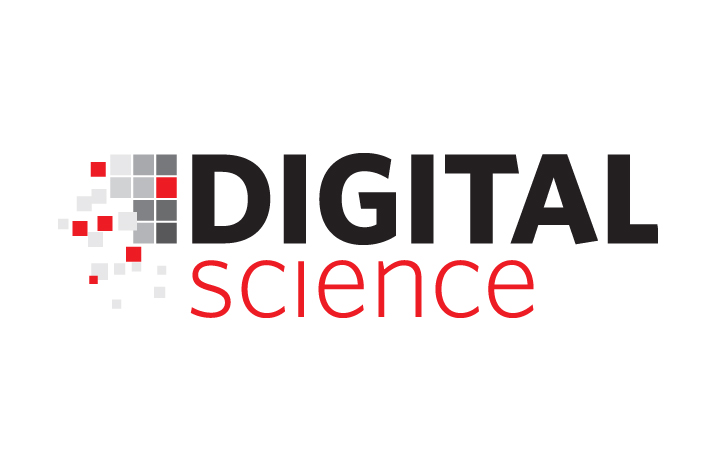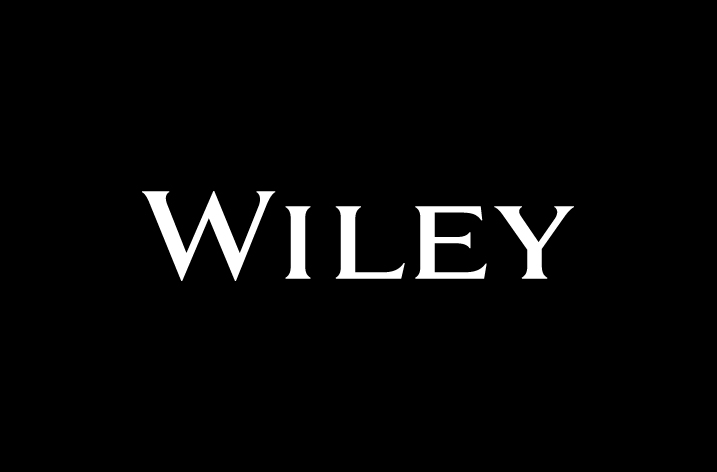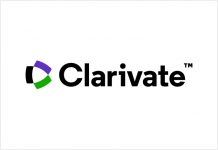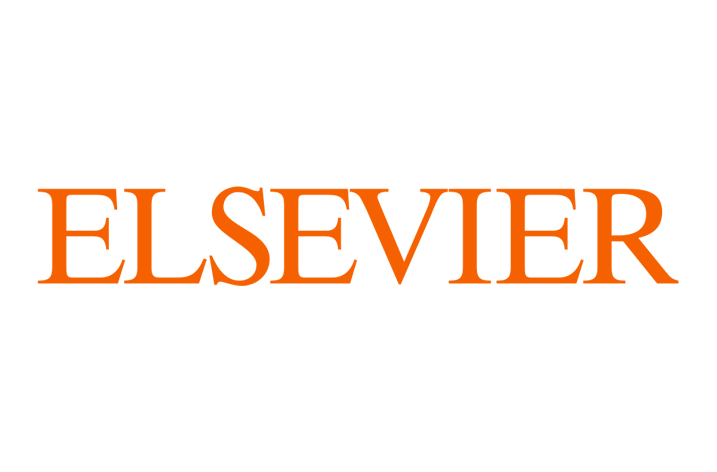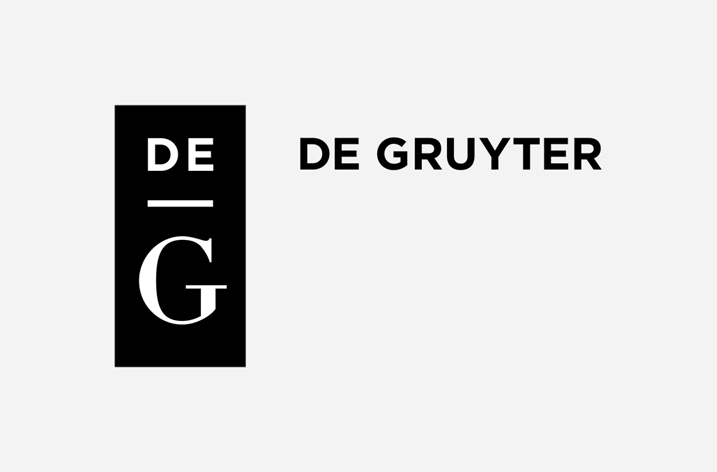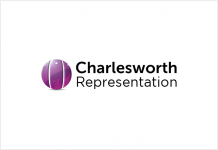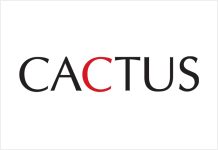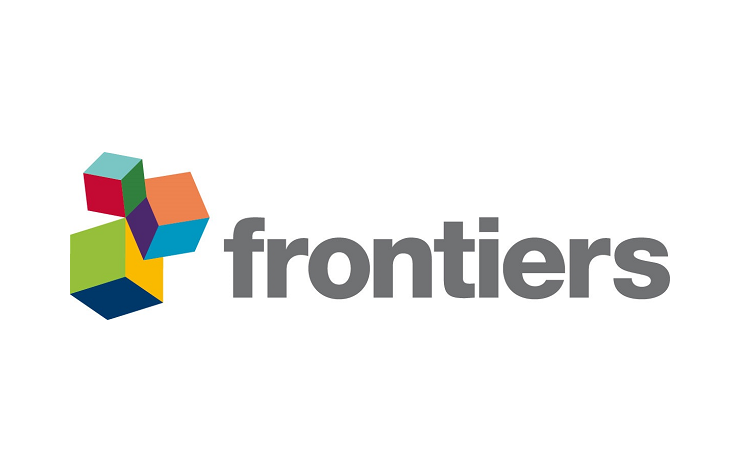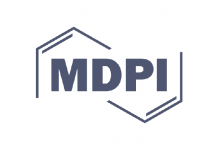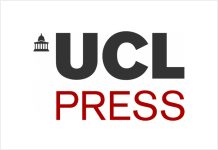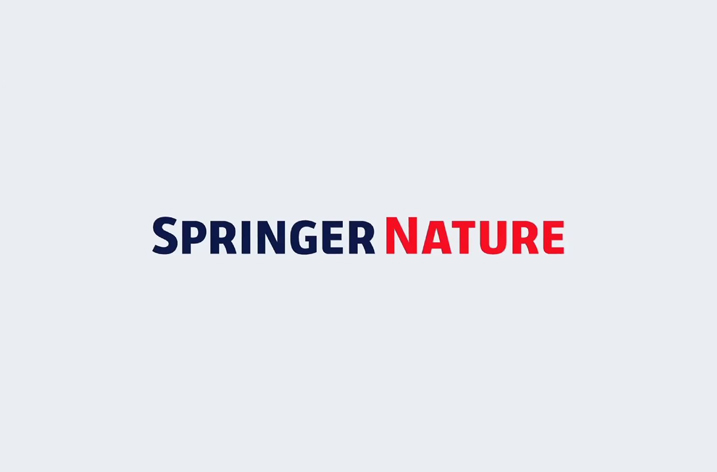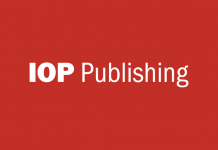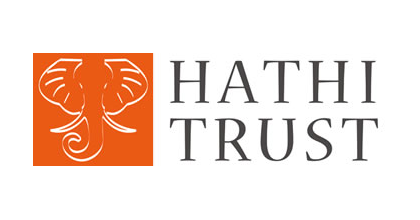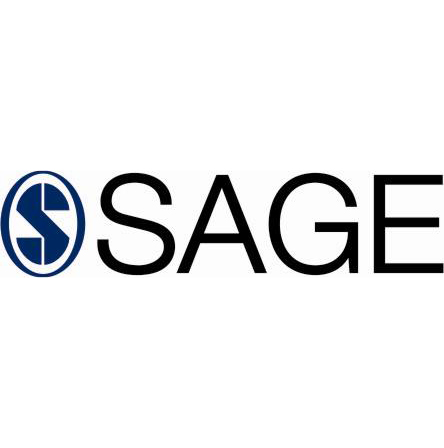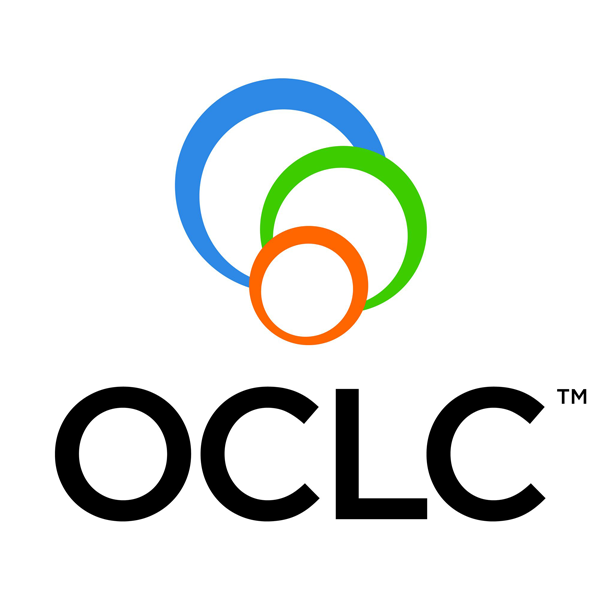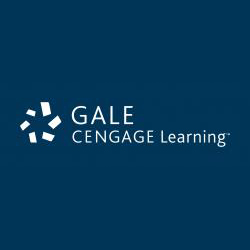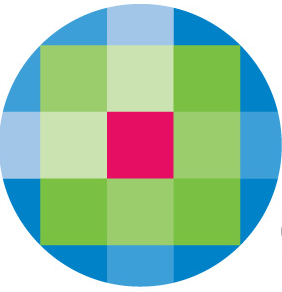Monetizing Digital Content – Futurist & Keynote Speaker Gerd Leonhard: DES event
Authors groups join lawsuit against HathiTrust over orphan works
The U.K. Authors’ Licensing and Collecting Society, the Norwegian Nonfiction Writers and Translators Association, the Swedish Writers Union, The Writers’ Union of Canada, and four individual authors are among the new plaintiffs in an amended complaint filed today in Authors Guild v. HathiTrust. Individual authors joining the lawsuit include University of Oslo professor Helge Rønning, Swedish novelist Erik Grundström, and American novelist J. R. Salamanca. The Authors League Fund, a 94-year-old organization supported by Authors Guild members that provides charitable assistance to book authors and dramatists, is also now a plaintiff, as holder of rights of to an “orphaned” book by Gladys Malvern.
The defendant universities have pooled the unauthorized scans of an estimated 7 million copyright-protected books, the rights to which are held by authors worldwide, into an online repository called HathiTrust. In June, the University of Michigan, which oversees HathiTrust, announced plans to permit unlimited downloads by its students and faculty members of “orphaned” books (some consider works whose rights-owners cannot be found after a diligent search to be “orphans”). Michigan devised a set of procedures — including a protocol for searching for an author and posting the names of “orphan work candidates” at the HathiTrust website for 90 days – to determine whether it would deem a work an “orphan.” Several other schools joined the project in August.
Within days of the suit’s filing on September 12th, the Authors Guild, its members, and others commenting on its blog had developed strong leads to dozens of authors and estates holding rights to the first 167 works listed as “orphan candidates” at HathiTrust’s website. Four living authors were on HathiTrust’s list. So were significant literary estates, such as those of Pulitzer Prize winners James Gould Cozzens and Walter Lippmann and the philosopher Sidney Hook. Foreign authors were also on the list, including André Missenard, who died in Paris in August. At least three of the works are still in print. Simple Google searches turned up most of the leads in minutes, including one that led to the author of “The Lost Country,” J. R. Salamanca. Under Michigan’s protocols, unlimited e-book downloads of Mr. Salamanca’s book were scheduled to be made available to an estimated 250,000 students and faculty members on November 8th.
“How is it they couldn’t find Jack Salamanca?” asked literary agent John White, who has represented the author for more than ten years. “He’s a bestselling novelist, he’s lived in suburban Maryland for decades, he’s in the University of Maryland’s current online catalog as an emeritus professor, and he signed an e-book agreement for “Lilith” four weeks ago. It boggles the mind.”
Michigan announced on September 16th that it was suspending, but not ending, its “orphan works” program. Its online servers continue to host an estimated 7 million digitized, copyright-protected books. Millions of those books are believed to be in print, with e-book versions available for many of them.
“You don’t just take someone’s property,” said Mats Söderlund, chairman of the Swedish Writers Union. “If they want a digital book, they should pay for it. If it’s not yet available digitally, it probably will be soon. Things are moving very quickly.”
“These are major, well-funded U.S. research institutions capable of great things,” said Greg Hollingshead, chair of The Writers’ Union of Canada. “They could have found most of these authors had they cared to, but it seems they didn’t. They just wanted to release e-books for free. They don’t take literary property rights seriously, so why should any of us trust their security measures? If they’re hacked, and digital files of 40,000 Canadian books are released, how are Canadian authors ever again to receive significant revenues from those works?”
“I’ve been in this business for decades, but this is one of the craziest things I’ve ever seen,” said Trond Andreassen, president of the Norwegian Nonfiction Writers and Translators Association. “These American universities, with Google’s help, decide to digitize and put on their servers thousands of books that were published in Norway. Why didn’t they ask? We can find the authors, but those authors have rights, and sometimes the answer might be no.”
The Authors’ Licensing and Collecting Society, based in London, has licensed secondary uses of its member-authors’ works for more than 30 years. “We represent more than 50,000 book authors,” said chief executive Owen Atkinson. “On behalf of our members, we negotiate agreements that enable legal access to hundreds of thousands of books, including at least 35,000 books that appear to be on HathiTrust’s servers. It concerns us greatly that our members have neither consented to the digitization nor have they any say in how these works might be used in the future.”
Although many U.S. universities, including Harvard, Princeton, and Stanford, have participated in Google’s library digitization program, most allow Google to scan only books that are in the public domain. Only a few, principally defendants Michigan and California, have allowed Google to scan books protected by copyright. As state-run institutions, both schools are shielded by 11th Amendment sovereign immunity protections from paying damages for copyright infringement.
“Universities are important cultural bastions, valued by all of us,” said Scott Turow, president of the Authors Guild, “but they need to play that role thoughtfully. In this case, university defendants are using their immunity from money damages to act as pirates, rather than custodians, of our literary heritage. The massive unauthorized digitization project in which they participated has now imperiled the literary property rights of millions of authors from all over the world. Many of those authors have devoted much of their careers to creating works they hope will have cultural or educational significance. Universities should be at the forefront of safeguarding authors’ rights and livelihoods, so their libraries can continue to find many new books worth collecting.”
The book will never die: Springer to offer book content back to the 1840s
Springer Science+Business Media has started its extensive digitization project, Springer Book Archives (SBA). The SBA initiative will include nearly all books that have been published since the 1840s. Springer expects that the book archives will contain around 65,000 titles. Titles include academically and historically unique works by Albert Einstein, Niels Bohr, Sir John Eccles, Lise Meitner, Werner Siemens, and Rudolf Diesel, to name just a few. The works in the digital archives will be available on the company’s platform SpringerLink just like all other Springer books, which have routinely been published in electronic and print versions since 2005. When this mammoth project is completed at the end of 2012, Springer will be able to offer more than 100,000 eBooks on www.springerlink.com.
Around 70 percent of the books in Springer Book Archives are in English, nearly 30 percent are in German with some Dutch-language titles. The ratio between scientific STM titles and professional literature is similar. These figures clearly reflect the company’s history over the years. The books in Springer’s book archives comprise a total of 17 different imprints, including German economics books by Gabler, the U.S. information technology publisher Apress and the U.S. non-fiction imprint Copernicus. Medical books account for the largest share of the book archives, at over 20 percent.
“The Springer Book Archives initiative confirms Springer‘s commitment to reactivate valuable publications from the past for the scientific community. At Springer, a book will never die, but “out of print” will. Up to now, our past titles have been hidden away in our in-house library, but thanks to innovative technologies they can be made available again. We have made significant investments in this project and are convinced that the scientific community will find it useful,” said Derk Haank, CEO of Springer Science+Business Media.
British Library welcomes CENL announcement to support Open Data Licensing
The British Library welcomes the announcement made by the Conference of European National Librarians (CENL) to support the open licensing of their data (28 September 2011). This will mean that datasets describing millions of books and texts published in Europe will become increasingly accessible for anyone to re-use for whatever purpose their wish.
Neil Wilson, Head of Metadata Services at the British Library commented: “The British Library has been at the forefront of the debate on open metadata over recent years. We firmly believe that the opening up of metadata by libraries will allow the increased visibility and integration of library resources in a global pool of reusable data while also demonstrating the value of library data to wider audiences. We are therefore delighted that CENL has taken this step to assist greater collaboration across international boundaries and support the creation of new knowledge.”
Since 2009, the UK Government has been committed to the opening-up of public data for wider re-use. A report entitled ‘Putting the Frontline First: Smarter Government’
required that “the majority of government-published information to be reusable, linked data by June 2011”. It was therefore understood that public sector institutions including the British Library should develop an appropriate response to this new environment and begin to make their data freely available.
The British Library’s open metadata strategy is designed to remove barriers and enable increased innovation without imposing unnecessary restrictions. This resulted in the British Library announcing in August 2010 that it would be opening up its rich set of bibliographic metadata for re-use.
Since then, the Library has signed up over 400 organisations in 69 countries to a free catalogue data service; created a linked open data version of the British National Bibliography; become one of the first signatories of the JISC Discovery Open Metadata Principles and started to offer sets of metadata to researchers under a permissive Creative Commons license.
Elsevier and the University of Sydney announce winners of 24-hour Hackathon
Elsevier and the University of Sydney, Australia’s leading higher education and research university, today announced the winners of the ![]() 24-hour Sydney Hackathon .
24-hour Sydney Hackathon .
From Saturday, September 24 to Sunday, September 25, participants developed software applications to improve delivery of scientific, medical and technical content using SciVerse Content and Framework APIs. The competition was organized through the joint effort of Elsevier, Sydney University’s School of Information Technologies and the Sydney University IT Society (SUIT).
The winning applications include:
- First place ($1,500): Tim Dawborn, Seb Pauka and James Alexander, of the University of Sydney, developed Presentify, an application that displays any SciVerse ScienceDirect article as an HTML5 presentation by automatically organizing content including section titles, images, charts and the summary text of an article.
- Second place ($1,000): Sam Thorogood, an alumnus of the University of Sydney’s School of IT, and Nicky Ringland a postgraduate at the School of IT, developed SciPlay, an application that quizzes readers of a SciVerse ScienceDirect article with questions based off of the content of that article. SciPlay also won the People’s Choice award.
- Third place ($500): The Macademia application enhances search by displaying articles and videos relevant to a user’s query. Additionally, the application enables users to comment on an article.
“The Sydney Hackathon not only tested the programming skills of participants, it tested their determination and endurance,” said James Curran, Senior Lecturer in the School of Information Technologies, University of Sydney. “Despite lack of sleep, the students and developers remained enthusiastic throughout the competition resulting in truly innovative apps for science.”
“We are very pleased with the innovative applications that were developed and excited to see the enthusiasm from the student research and developer community to develop solutions using our APIs and content,” said Rafael Sidi, Vice President Product Management, Applications Marketplace and Developer Network, Elsevier.
The Sydney Hackathon is the most recent 24-hour hackathon hosted through the joint effort of Elsevier and a university partner. Similar collaborative challenges were conducted in Singapore at the National University of Singapore (August 12 – 14, 2011), the United States at the New Jersey Institute of Technology (February 5-6, 2011) and Rensselaer Polytechnic Institute in New York (June 27-28, 2011).
![]() SciVerse Applications and the
SciVerse Applications and the ![]() Developer Network provide opportunities for researchers and librarians to collaborate with developers in creating and promoting new applications that improve research workflows. The Developer Network features a growing community of application developers who may gain recognition, prestige and revenue through their contributions to SciVerse Applications.
Developer Network provide opportunities for researchers and librarians to collaborate with developers in creating and promoting new applications that improve research workflows. The Developer Network features a growing community of application developers who may gain recognition, prestige and revenue through their contributions to SciVerse Applications.
iHealth Connections welcomes new members to its Editorial board
Launched by the Touch Health Sciences team in Summer 2011, iHealth Connections is the new publication focusing on convergent pathways linking healthcare and life sciences. The boundaries of the life science industry and healthcare sectors are blurring. Convergent pathways are creating new healthcare solutions for patients and providers and valuable new partnerships for life science companies.
The Editorial Board, in collaboration with an expert guest Editor-in-Chief, will guide the editorial content of the publication. The Editorial Board includes expert voices from advisory and stakeholder organisations and the new members include – unched by the Touch Health Sciences team in Summer 2011, iHealth Connections is the new publication focusing on convergent pathways linking healthcare and life sciences. The boundaries of the life science industry and healthcare sectors are blurring. Convergent pathways are creating new healthcare solutions for patients and providers and valuable new partnerships for life science companies. The Editorial Board, in collaboration with an expert guest Editor-in-Chief, will guide the editorial content of the publication.
The Editorial Board includes expert voices from advisory and stakeholder organisations and the new members include – Stuart Bell, Interim Director of the Informatics Coordination Unit, The National Cancer Research Institute (NCRI)
Charles Jaffe, Chief Executive Officer, HL7 and Senior Global Strategist, Intel Manish Kohli, Senior Director, Medical Informatics Cleveland Clinic Abu Dhabi
Craig H Lipset, Head of Clinical innovation, Worldwide Research & Development, Pfizer Inc
Holly Miller, Chief Medical Officer, MedAllies and Board Vice Chair, HIMSS Johann Proeve, Head Global Data Management, Bayer Vital GmbH Ling Su, Senior Vice President and Head of Development Greater China Region, Novartis Pharmaceuticals
Beat Widler, Clinical Quality Assurance & Risk Management Expert
Editor-in-Chief Johanna Westbrook, Centre for Health Systems and Safety Research, Australian Institute of Health Innovation, Faculty of Medicine, University of New South Wales
The next issue of iHealth Connections 1.2 will be published in the winter of 2011
Contact Dillan Yogendra Editor Tel: +44 (0) 20 7452 5303
Email: dillan.yogendra@touchbriefings.com
Kevin McGeehan Associate Director, Health Sciences Tel: +44 207 452 5150
Email: kevin.mcgeehan@touchbriefings.com
www.touchhealthsciences.com Touch Health Sciences – Leading the discussion on healthcare and life sciences innovation The boundaries of the life sciences and healthcare sectors are merging to create new healthcare solutions for patients and providers, and new partnership models for life sciences companies to work together. The aim is to integrate clinical, operational, and financial data to improve health care services, enhance product development, reduce risk, and manage resources throughout the whole healthcare supply chain. Touch Health Sciences comprises drug development journals, bespoke web content and reports for companies leading health innovations, and aims to provide insight for thought leaders in pharmaceutical, biotechnology and medical device companies globally.
Sage Begins Publishing Drug Information Association Journal
SAGE is delighted to have been chosen by the Drug Information Association (DIA) to publish Drug Information Journal, beginning in January 2012.
Drug Information Journal is currently ranked by Thomson Reuters in the Health Care Sciences & Services and Pharmacology and Pharmacy categories. The journal supports the association’s mission to disseminate information on manual and automated drug research, development, and information systems; to foster communication between educational, research, industrial, and governmental personnel engaged in drug development activities; and to provide a forum for the development of improved methods of presenting research data generated from chemical, toxicologic, pharmacologic, and clinical studies. Joining the SAGE journal family means that Drug Information Journal will be available through SAGE Journals Online and authors will be able to submit articles for review through SAGE Track.
“DIA chose SAGE to publish our journal because we found SAGE’s hands on attention to be particularly beneficial, especially in helping us to revitalize our association’s scientific journal,” said Paul Pomerantz, DIA Worldwide Executive Director. “We also look forward to SAGE’s technology platform that will streamline the peer review process and provide greater visibility to a much wider audience including libraries and research institutions.”
The Drug Information Association (DIA) is a neutral, nonprofit, global, professional association of nearly 18,000 members who work in every facet of the discovery, development, and life cycle management of pharmaceuticals, medical devices, and related products. DIA is committed to the broad dissemination of information among our members, with continuously improved professional practice as the goal. Members of the Association receive the journal bi-monthly as a benefit of their membership.
“More and more associations are looking to their journals to help support and enhance their mission. And partnership with a publisher who can work with the key individuals to help make that happen is critical. We are therefore delighted that the Drug Information Association chose SAGE as its new partner and we look forward to working with them to grow their presence in this important field.” said Jayne Marks, SAGE Vice President and Editorial Director, Library Information Group.
OCLC report examines use of social metadata at libraries, archives and museums
This report provides an overview of social metadata to enable cultural heritage institutions to better utilize their users’ expertise and enrich their descriptive metadata to improve their users’ experiences.
Metadata helps users locate resources that meet their specific needs. But metadata also helps us to understand the data we find and helps us to evaluate what we should spend our time on. Traditionally, staff at libraries, archives, and museums (LAMs) create metadata for the content they manage. However, social metadata—content contributed by users—is evolving as a way to both augment and recontextualize the content and metadata created by LAMs. Many cultural heritage institutions are interested in gaining a better understanding of social metadata and also learning how to best utilize their users’ expertise to enrich their descriptive metadata and improve their users’ experiences.
In order to facilitate this, a 21-member RLG Partners Social Metadata Working Group reviewed 76 sites relevant to libraries, archives, and museums that supported such social media features as tagging, comments, reviews, images, videos, ratings, recommendations, lists, links to related articles, etc. In addition, working group members surveyed site managers, analyzed the survey results and discussed the factors that contribute to successful—and not so successful—use of social metadata. They also considered issues related to assessment, content, policies, technology, and vocabularies.
This report includes an environmental scan of 76 social metadata sites and a detailed review of 24 representative sites. It is the first of three OCLC Research reports about social metadata. The second report will provide an analysis of the results from a survey of site managers, and the third report will provide recommendations on social metadata features most relevant to libraries, archives, and museums as well as the factors contributing to success.
More information
Read the report, Social Metadata for Libraries, Archives, and Museums, Part 1: Site Reviews
http://www.oclc.org/research/publications/library/2011/2011-02r.htm
Gale’s new online community to support future of libraries and librarianship
Gale today announced Librareo (http://www.librareo.com), a free web-based community that supports the future of libraries and librarianship by providing students enrolled in Library and Information Studies (LIS) programs with free access to the professional resources they’ll rely upon following graduation.
LIS students in the U.S. and Canada who sign up for Librareo will get free, unlimited access to the most-requested online Gale resources throughout their library school career, such as Academic OneFile, Gale Virtual Reference Library – including access to115 ebooks commonly used in libraries today, Powerspeak Languages and several In Context products, among others. Before starting their library careers, students will be able to explore and master in-demand resources currently being used in libraries around the world. LIS students will also have access to the Librareo message board and forum, operated by library thought-leaders and LIS faculty, giving them the opportunity to make contacts and solicit timely advice and best practices from experts.
“We are very pleased to fund and create Librareo, which will power future librarians to interact as a community and learn from each other,” said Nader Qaimari, senior vice president, marketing, Cengage Learning. “Students will be a step ahead for their dream job by getting exposure to the resources most libraries offer their users today, while also engaging in ongoing discussions on the future of libraries with peers and experts in the industry.”
In addition to the free electronic resources from Gale, up to 3,000 LIS students will also receive a free one-year subscription to either Library Journal, which offers librarian-to-librarian reviews of books, databases and other media as well as coverage of library news, technology and best practices or School Library Journal, a monthly magazine providing similar coverage but with a focus on the needs of librarians serving youth and teens.
“We are delighted to partner with Gale on this important initiative,” said Andrew Thorne, vice president, marketing, Media Source Incorporated, parent company of School Library Journal and Library Journal. “By supporting future librarians we are supporting the future of libraries.”
Students can gain access to all of the great resources housed on Librareo without any fees or commitments – they only need to register. The complete list of selected Gale resources available to LIS students who sign up for Librareo include:
- Academic OneFile
- Biography in Context
- Career Transitions
- Culinary Arts Collection
- Educator’s Reference Complete
- Gale Business Insights™: Global
- Gale NewsVault
- Gale World Scholar: Latin America and the Caribbean
- Global Issues in Context
- GREENR
- Gale Virtual Reference Library
- Health Reference Center Academic
- Literature Resource Center
- Opposing Viewpoints in Context
- Powerspeak Languages
For more information on Librareo, visit http://www.librareo.com. Please contact Kristina Massari at kristina.massari@cengage.com if you’d like more information on this partnership or to schedule an interview.
Prof. Simon Cherry named Joins IOP as Editor-in-Chief
Professor Simon Cherry has today been announced as the new Editor-in-Chief of Physics in Medicine & Biology (PMB).
Published by IOP Publishing on behalf of the Institute of Physics and Engineering in Medicine, PMB covers the application of practical and theoretical physics to medicine and biology, and is especially concerned with cutting-edge research in the areas of radiotherapy physics and medical imaging.
Professor Cherry, Director of the Center for Molecular and Genomic Imaging at the University of California, Davis, has already made an outstanding contribution to PMB, publishing 40 papers in the journal, averaging over 40 citations per paper, and spending eight years on its Editorial Board.
Outside of publishing, Professor Cherry has been elected fellow of the Institute of Physics, the Institute for Electrical and Electronics Engineers and the American Institute for Medical and Biological Engineering, and has been honoured with an Outstanding Mid-Career Faculty Research award by his university.
He said, ‘I am honoured and delighted to be taking over as Editor-in-Chief of PMB, a journal in which I have been publishing regularly for the past 22 years.’
Professor Cherry takes over the role, as of January 1, 2012, from Professor Steve Webb, who leaves the position having done an impressive job taking the publication forward, with the journal’s Impact Factor rising above 3.0 and record levels of submissions being received.
‘The journal, under the outstanding leadership of its previous editor, has been on a strongly upward trajectory.
‘My responsibility is to ensure that we continue to attract the very best papers across our broad and dynamic field, and provide the very best service possible to our authors and our readers by communicating the most important scientific advances quickly and accurately,’ continued Cherry.
The outgoing Editor-in-Chief, Professor Steve Webb, said, ‘It has been an enormous privilege and pleasure to have been Editor-in-Chief of PMB for the past six years. I have to say that to accept the post was one of the best decisions of my life. The IOP Publishing team make running the journal a very straightforward, efficient and happy process. It is a superb joint effort, together with the effort from Editorial Board members, the International Advisory Board and referees.
‘In my period we have seen the Impact Factor go above the “magic” 3.0, the journal citations and downloads have been extremely high and it is clear from comments I receive that the coverage and quality of the journal is valued worldwide. Our acceptance rate has crept downwards because we aim for the very highest standards.
‘Simon Cherry is PMB’s first Editor to be based in the USA and in a way this may put an end to any last vestiges of thought that PMB is anything but an international journal. I shall miss PMB enormously and I wish Simon Cherry and the whole team good luck for a glittering future.’
Professor Cherry’s experienced research background makes him a natural fit to lead PMB. His primary research area is the rapidly growing field of molecular imaging, with a focus on positron emission tomography (PET) and its application to small-animal preclinical imaging. He is also involved in exploring the integration of PET imaging technology with the high-resolution anatomical imaging provided by magnetic resonance imaging (MRI), as well as the development of optical imaging techniques such as Cerenkov luminescence imaging.
American Society of Anesthesiologists launches Anesthesiology for the iPad app
The American Society of Anesthesiologists (ASA) announced the release of an iPad app, the first journal app of its kind in the anesthesiology specialty. Anesthesiologyfor the iPad, developed and distributed by the ASA’s publishing partner, Lippincott Williams & Wilkins, a part of Wolters Kluwer Health, provides full mobile accessibility for all member and individual subscribers of Anesthesiology, the top-ranked journal in anesthesiology.
“We’re excited about the launch of Anesthesiology for the iPad,” said James C. Eisenach, MD, Editor-in-Chief ofAnesthesiology. “The app makes accessing the clinical and scientific research published in Anesthesiology a simple matter. Plus, it makes full use of the functionality of a device that is increasingly a part of physicians’ daily lives.”
With Anesthesiology for the iPad, ASA members and readers can quickly and conveniently access their journal and interact with its content dynamically–watching videos, interacting with other members, accessing the full journal archive, and more. As early technology adopters, anesthesiologists are an ideal audience for consuming their journal content on mobile devices. In a survey of the ASA membership, approximately 70% reported either owning or planning to purchase an iPad device within 12 months.
“We’re delighted to partner with Anesthesiology to bring the journal app for the iPad to members offering a dynamic, integrated experience with their journal,” added Karen Abramson, President and CEO of Wolters Kluwer Health Medical Research. “This is an exciting time in publishing with new digital solutions like the iPad transforming the way content is distributed, accessed, and consumed.”
New App Offers Full Mobile Accessibility
Anesthesiology for the iPad uses optimized digital technology to provide a print-like reading experience. Along with full-text downloads of each monthly issue, the new app offers other enhancements including:
- Ability to share articles via email or social media
- Adjustable text sizing with “pinch and zoom”
- Engaging multimedia videos, images, and supplements
- Ability to store or delete downloaded issues
- Speedy issue-browsing capability via Quick View
- Quick scrolling through abstract summaries
- Convenient notification when new issues become available
- Link to the Anesthesiology website for easy viewing of the complete Anesthesiology archives,
and accessing Page 2, Anesthesiology’s educational blog of commentary and analysis
Anesthesiology for the iPad app is available free of charge for a limited time on the App StoreSM (download by going to the Apple Store on an iPad and browsing for Anesthesiology). The app will be demonstrated at the American Society of Anesthesiologists annual meeting, October 15-19 in Chicago, at the Wolters Kluwer Health, Lippincott Williams & Wilkins stand, and at the ASA Resource Center.
Anesthesiology for the iPad complements the journal website (www.anesthesiology.org). In addition to offering the journal archives, the Anesthesiology website also offers mobile view, which optimizes the journal content for viewing on internet-enabled mobile devices. Mobile view has a number of the same features as the desktop version, including search functionality, current table of contents, full-text view, image handling, abstracts, featured articles, and more.
OUP launches new online platform for cross-university press monograph content
Oxford University Press (OUP) is pleased to announce the creation of a groundbreaking online platform for university press monograph content. Having redeveloped the award-winning Oxford Scholarship Online, OUP is launching University Press Scholarship Online (UPSO) and inviting the University Press community to take advantage of a fully enabled XML environment with the cutting edge search and discovery functionality that has marked the on-going success of Oxford Scholarship Online (OSO).
“University Press Scholarship Online represents a convenient, dynamic step forward for ensuring that scholarly content from many venerable presses across the globe is conveniently searchable and accessible via one platform to the academic community worldwide,” notes Tim Barton, Managing Director of Global Academic Publishing for Oxford University Press.
Responding to increased demand for online scholarly content, UPSO streamlines the research process by making disparately published monographs easily accessible, highly discoverable and fully cross-searchable via one online platform. Research that previously would have required users to jump between a variety of books, and disconnected websites can now be concentrated through a single search engine.
First phase of content from participating partner presses include Fordham University Press (Fordham Scholarship Online/FSO); The American University in Cairo Press (Cairo Scholarship Online/CSO); The University Press of Kentucky (Kentucky Scholarship Online/KSO); University Press of Florida (Florida Scholarship Online/FLASO); Hong Kong University Press (Hong Kong Scholarship Online/HKSO); Additional presses are signing up to participate and OUP expects to add their content to UPSO in March 2012. Edinburgh University Press (Edinburgh Scholarship Online/ESO) and Policy Press (Policy Press Scholarship Online/PPSO) are just two additional presses slated for the March 2012 update.
UPSO’s mission is to create an individually-branded home for monographs from each participating university press just as it has done for Oxford Scholarship Online while allowing highly intuitive tools to deep search across all the content in the program. As such, UPSO will be the premier online research tool—for scholars, teachers, graduate and undergraduate students—and an essential resource for all academic libraries.
Oxford Scholarship Online was launched in 2003 and immediately hailed as “A superior e-book implementation” by Booklist, and “For ease of use, user-friendly design, and quality texts, Oxford Scholarship Online is among the best I have ever used” by Library Journal.
Benefits of UPSO for academics, libraries, and partner presses:
- Provides the highest quality scholarly content across 24 subject areas
- Includes a vast and growing number of titles 5,485 titles will be available at launch, 652 of which are new titles, with abstracts and keywords at both the book and chapter level for each title
- All UPSO content is available in XML, which provides deep tagging and better search results. Content can also be saved downloaded to PDF
- Is fully cross-referenced and cross-searchable, with clickable citations from bibliographies and footnotes, including OpenURL and DOI-linking support
- Allows users to streamline research through a single online platform
- Can be easily integrated into library systems and updated frequently with new content
- Offers full customer support services as well as flexibility and choice in purchasing models
- Mobile functionality will be available later this year
- Increase discoverability and usage of university press scholarly materials
- Offers university presses unique opportunity to create an XML digital workflow and join a highly successful online scholarship platform, reaching the global academic market at low distribution costs
“OUP has developed this innovative and highly successful service specifically to address digital monographs. We’re the only publisher with a decade of this digital experience under our belt with more than 60% of research libraries now offering their users access to Oxford Scholarship Online,” said Casper Grathwohl, VP, Digital Publisher at Oxford University Press. “The UPSO program builds on this experience by opening the environment to the university press community—a welcome expansion for librarians and users who understand the growing power provided by a post-PDF research solution.”
“I think the timing is right for the UPSO model—over the past year the university press community has delved more deeply into strategic conversations about how to address their digital monograph publishing and we hope that the UPSO program will offer them a solution with a proven track record in an environment that is more flexible than most other offerings that are becoming available. UPSO is ultimately about unlocking the power of the academic monograph, and that singular focus makes it incredibly compelling,” concluded Grathwohl.
About OSO
Oxford Scholarship Online (OSO) launched in the Fall of 2003. By every measure (usage, critical acclaim, availability), OSO has been a success. Long established and comfortably ensconced with hundreds of participating universities, Oxford Scholarship Online has continued to grow in terms of both content and users. The further development to Oxford Scholarship Online in 2011 has been developed in direct response to user demands and feedback. This ensures that it remains at the cutting edge of scholarship and sits perfectly within the platform of UPSO. The new improvements, arriving with the launch of UPSO, include a brand new look and feel based on user feedback, personalization features and improved search and browse options.



